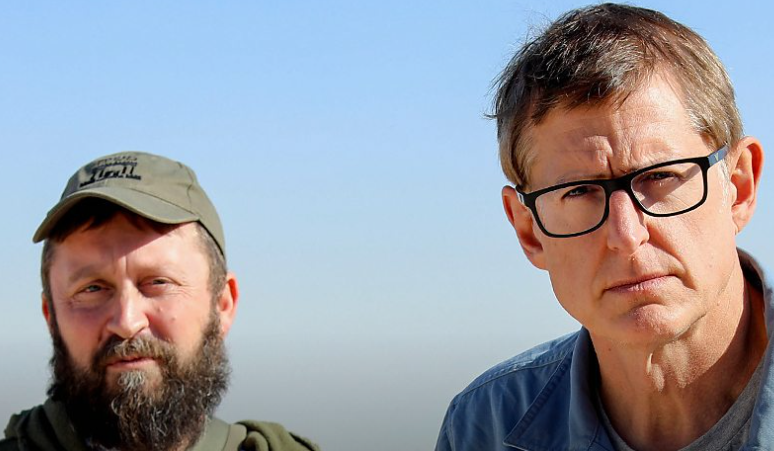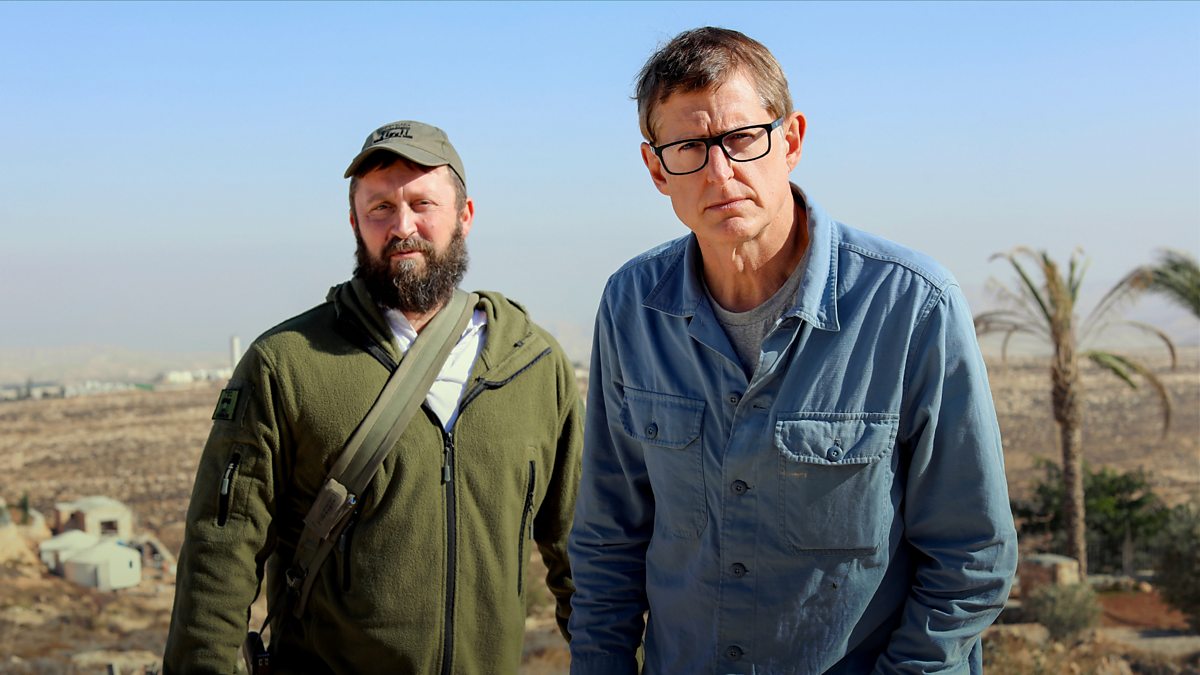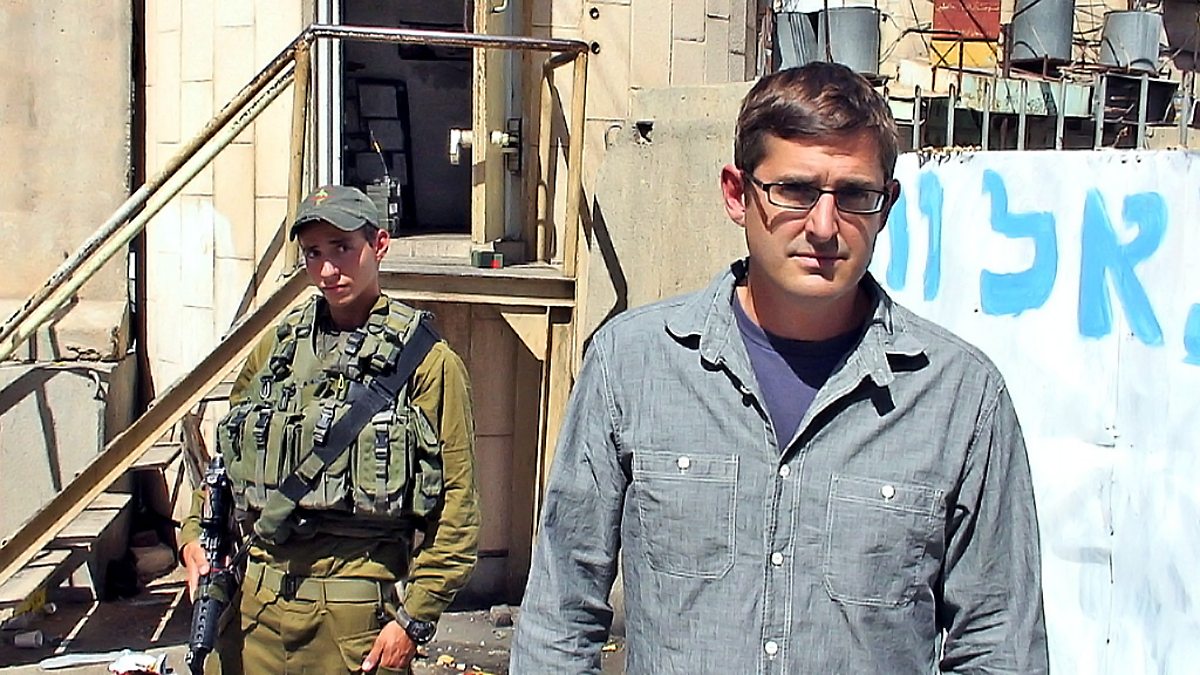The Settlers: Louis Theroux's Look at Life in the West Bank (A Review)

Critical Review of The Settlers – A Follow-Up to Ultra Zionists
The Settlers acts as a follow-up to Louis Theroux’s 2011 documentary Ultra Zionists, revisiting some of the same individuals, including Daniella Weiss (a radical leader in the settler movement).
Encroaching Settlements & Biased Perspective
While Ultra Zionists focused on the interpersonal tensions between Israelis and Palestinians living side-by-side in the West Bank, The Settlers takes a deeper dive into the systemic and strategic expansion of Israeli settlements. It highlights how illegal outposts and property acquisitions have gradually pushed Palestinians out of territories internationally recognised as theirs, effectively showcasing a slow and deliberate annexation.
One of the documentary’s strengths is its clear depiction of how settlement is not merely spontaneous or ideological, but structured and methodical. It paints a compelling picture of the ongoing displacement of Palestinians, not just through military or political means, but via bureaucratic and territorial creep. Notably, the documentary draws attention to the Israeli government's role—if not through direct complicity, then certainly through a lack of intervention—which raises important questions about the accountability of state policy.
Where Ultra Zionists tried to balance the perspectives of both communities—often leaning towards sympathy for Palestinians—The Settlers firmly aligns itself with the Palestinian plight. This shift from balanced observation to a more critical stance results in a documentary that is more emotionally charged but arguably less impartial. Louis himself departs from his usual neutrality, even going so far as to call one interviewee a sociopath—a move that’s unusually confrontational for his style.
Urgency & Historical Omission
For me, this partiality offers both strengths and weaknesses. On one hand, it gives the documentary a moral urgency and direction, something Ultra Zionists lacked. On the other hand, it risks alienating viewers who seek a more comprehensive understanding of the conflict’s roots. The film largely avoids unpacking the deep-seated religious and historical claims made by Jewish settlers. It presents their passion for the land as irrational or inherently aggressive without critically exploring the historical narratives that fuel such belief, namely, the conviction that this land was divinely promised or historically reclaimed.
This omission weakens the documentary’s capacity to foster deeper understanding. In trying to remain focused on the Palestinian struggle, it inadvertently simplifies the motivations of Israeli nationalists. There is little to no exploration of the theological or cultural narratives that drive these settlers, nor does Louis challenge these narratives with historical context, for instance, by referring to the ancient Canaanite populations who preceded them and share ancestry with both Jews and Arabs in the region.
Cinematography, Mise-en Scène, Sound, Editing, & Performance
From a filmmaking perspective, the documentary is well-composed. The cinematography captures the rugged and often stark beauty of the West Bank, using long, unbroken shots to juxtapose the natural landscape with the jarring architecture of expanding settlements. The mise-en-scène often reveals contrasts: barbed wire fencing against olive groves, fortified outposts overlooking Palestinian towns. These visuals reinforce the themes of division and occupation without the need for commentary.
Sound design plays a subtle but important role. Moments of silence or ambient sound heighten tension, while the absence of an intrusive score lends the scenes a sense of documentary realism. The music is often soft and acoustic, with a melancholic tone. In contrast, upbeat music typically appears during Jewish celebrations, creating a jarring dissonance that frames the Israelis as disturbingly detached, especially given the concurrent bombing of Gaza.
The editing weaves together interviews, on-the-ground scenes, and archival footage to build a slow but purposeful narrative of encroachment and displacement. Performances, particularly from Louis himself, shift from his usual passive inquiry to moments of confrontation, which some may find refreshing, while others might view it as a departure from journalistic neutrality.
Conclusion
In conclusion, The Settlers is a more focused and emotionally resonant documentary than Ultra Zionists, but also more polarising. It succeeds in highlighting the mechanisms behind Israeli settlement expansion and its consequences for Palestinians, yet falls short in fully examining the ideological roots of the settlers’ motivations. As a piece of documentary cinema, it is powerful, well-crafted, and urgent—but its lack of historical complexity could leave critical viewers wanting more.
References








